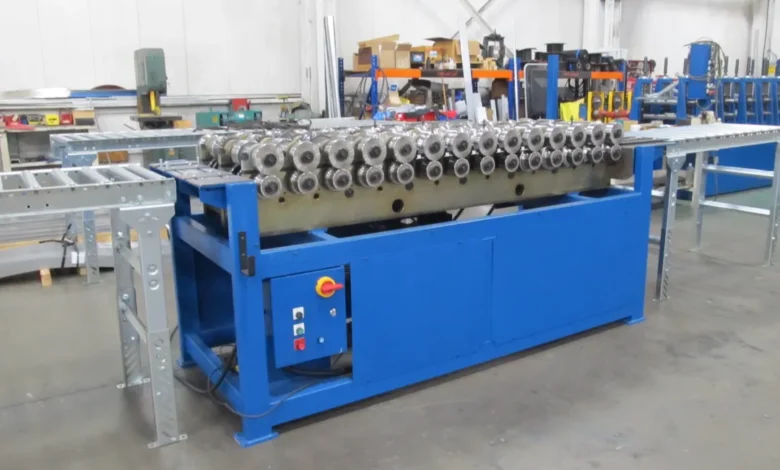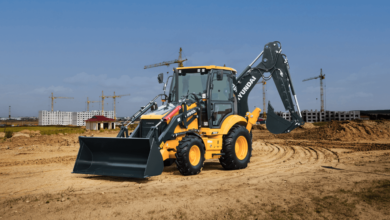When Should You Upgrade or Replace Your Lockformer Equipment?

In a Lockformer Equipment Facility, the efficiency and effectiveness of your operations rely heavily on the tools and machinery you use. Over time, equipment can wear down, become outdated, or fail to meet the demands of your production needs. Recognizing when to upgrade or replace your Lockformer equipment is crucial for maintaining productivity and ensuring quality output. Here are some key indicators to consider when deciding whether it’s time for an upgrade or replacement.
1. Frequent Breakdowns
One of the most obvious signs that your Lockformer equipment may need to be replaced is a pattern of frequent breakdowns or malfunctions. If you find yourself repeatedly calling for repairs, it can lead to costly downtime and delays in production. Investing in new equipment may ultimately save you money by reducing maintenance costs and increasing overall efficiency.
2. Decreased Efficiency
As machinery ages, it often becomes less efficient. If you notice a significant decline in productivity or an increase in production times, it might be time to evaluate your equipment. Newer Lockformer models typically come with advanced technology and features that enhance performance, allowing for faster and more precise production.
3. Outdated Technology
In the rapidly evolving world of manufacturing, technology plays a crucial role in maintaining competitiveness. If your Lockformer equipment lacks modern features—such as automation capabilities, improved software interfaces, or enhanced safety measures—it may be time to consider an upgrade. Newer models often incorporate the latest technological advancements, which can streamline operations and improve product quality.
4. Inability to Meet Demand
If your Lockformer equipment is struggling to keep up with production demands, it may hinder your ability to meet customer needs. If you find yourself consistently falling short of production targets or missing deadlines, it’s a clear signal that an upgrade or replacement is necessary. Investing in more robust machinery can help you scale your operations and meet growing market demands.
5. Increased Energy Costs
Older machinery can be less energy-efficient, leading to higher operational costs. If you’ve noticed a significant increase in energy bills, it could be a sign that your Lockformer equipment is using more power than necessary. Upgrading to newer, energy-efficient models can reduce energy consumption and ultimately save your facility money in the long run.
6. Changes in Product Specifications
As your business evolves, so too may your product specifications. If your current Lockformer equipment cannot accommodate new designs, materials, or production methods, it might be time to invest in new machinery. Upgrading allows you to adapt to changing market trends and customer preferences, ensuring you remain competitive.
7. Safety Concerns
Safety should always be a top priority in any manufacturing environment. If your Lockformer equipment poses safety risks or lacks necessary safety features, it’s essential to address these concerns. Upgrading to newer models can enhance workplace safety and comply with updated regulations, protecting your employees and your business.
8. Consider Long-Term Costs
When evaluating whether to upgrade or replace your Lockformer equipment, consider the long-term costs associated with keeping outdated machinery. While a new investment may seem significant upfront, the savings in maintenance, efficiency, and productivity can outweigh the initial expenditure. Conduct a cost-benefit analysis to determine the potential return on investment for new equipment.
Conclusion
Deciding when to upgrade or replace your Lockformer equipment facility is a critical decision that can significantly impact your operations and profitability. By keeping an eye out for signs such as frequent breakdowns, decreased efficiency, and outdated technology, you can make informed choices that enhance productivity and ensure the long-term success of your business. Investing in new equipment may require an upfront commitment, but the benefits in efficiency, safety, and profitability can be well worth it.





